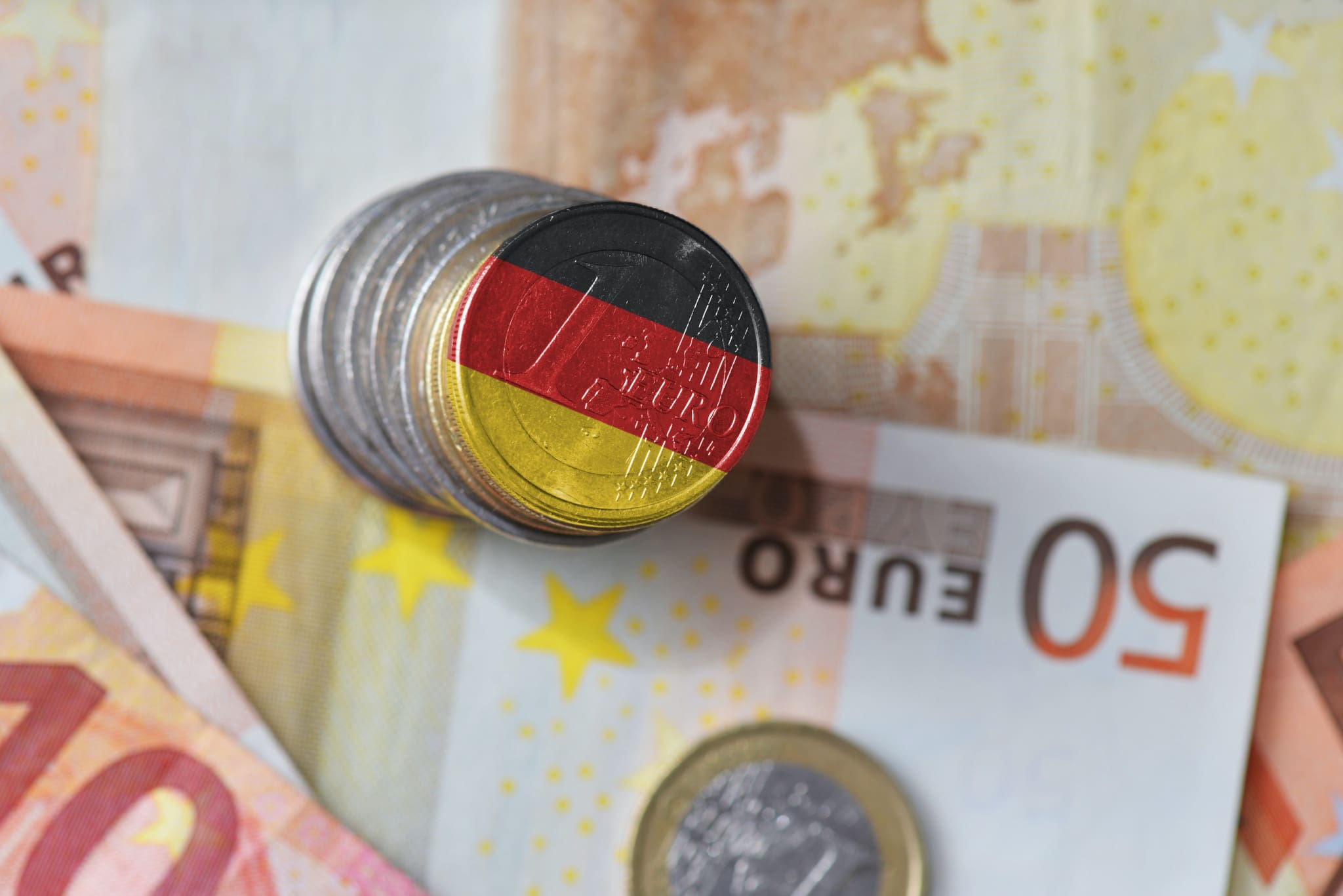Inflation in Germany rose further in November to a 29-year high of 5.2 percent, according to preliminary data released by the German Federal Statistical Office Destatis on Monday.
In November, according to preliminary data from Destatis, consumer prices rose 5.2 percent year-on-year after 4.5 percent inflation in October. Analysts expected 5 percent inflation in November, and in that month, for the first time in 29 years, inflation in Germany did indeed reach 5 percent. The last time such a high rate was registered was in September 1992, when a 5 percent annual price increase was recorded in Germany.
Inflation in November this year was mainly due to rising energy prices, which were 22.1 percent higher than a year earlier. In October, the annual rise in energy prices was 18.6 percent. Commodity prices rose 7.9 percent in November and service prices 2.8 percent year-over-year. In October, the rise in prices for goods was 7 percent and for services 2.4 percent.
The rise in inflation is partly attributed by Destatis’ experts to the disruptions in the supply chains of the manufacturing sectors and the consequent rise in procurement costs. The base effect of the temporary VAT cut introduced in the 2020 crisis also contributed to the high inflation values. The harmonized index of consumer prices, the HICP on an annual basis, was 6 percent in November, instead of the expected 5.5 percent. In October, the annual German HICP was 4.6 percent.
Consumer prices fell 0.2 percent from the previous month, according to preliminary data from Destatis in November.
The consumer price index rose by 0.5 percent on a monthly basis in October, and economic analysts expected a 0.4 percent decline in November. The harmonized price index rose by 0.3 percent on a monthly basis, instead of the expected 0.3 percent decline in November. In October, the monthly HICP in Germany increased by 0.5 percent.






